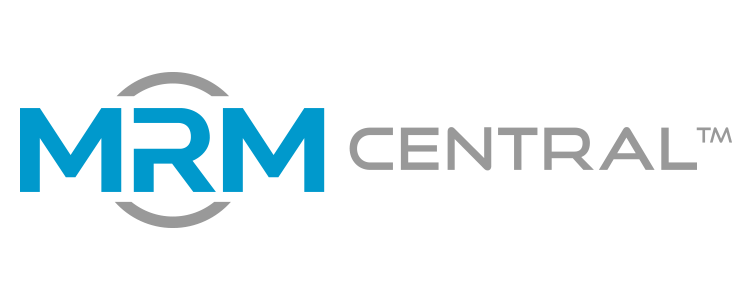22 Oct Achieving results and efficiency with Marketing Operations Management
Achieving results and efficiency with Marketing Operations Management
Marketing Operations Management (MOM) is a version of end-to-end marketing optimization, from planning and budgeting, through marketing content management, to global marketing execution and analysis. It is the conceptual framework that defines all processes supporting marketing strategy and tactics.

For businesses looking to stretch their marketing dollars, marketing operations is a hot topic. To keep up with the current speed of business, organizations need to leverage technology and gain insight into customer needs and business performance.
Coordinating multiple channels, running integrated campaigns and relying on external partners make modern marketing processes complex and difficult to manage. Teams are often reluctant to update their day-to-day management tools and processes as change isn’t always easy though always needed! This challenge is faced by every marketing team and can be tackled by making important changes to the way things are planned and managed. By thinking through and then implementing some of these following five steps, you can save time, reduce waste and improve operational marketing management:
1. Get everyone pulling in the same direction.
Defining business and marketing objectives first is crucial, your most powerful leadership tool is clear and specific objectives. Define your battleground, understand where your efforts are likely to have the greatest impact on the goals you have set.
2. Identify the decision-making and operational structure
Defining individual roles within a framework will help prevent unnecessary overlapping and waste of resources. Once people have a clear scope of accountabilities and see how they fit within the team to help achieve the goals you will have an empowered and focused team. For marketing operations involving more than one team, decide if units will operate under a centralized decision-making structure, or whether local teams will have more tactical decision-making autonomy.
3. Design efficient, tailored processes
To run as smoothly as possible, each aspect of the marketing plan should be guided by a process which takes into account the decision-making structure, available resources, technology and internal and external policies. Designing efficient processes can require some trial and error, so be prepared to adapt them as necessary.
4. Use data to measure marketing performance
Work together with stakeholders to define performance indicators and ensure they are closely aligned with sales and business objectives. Make data-driven marketing efficient by automating report generation.
5. Utilize Technology
Adopting centralized planning, workflow management and financial marketing reporting tools frees up marketing managers who instead have more time available for strategic and creative thinking.
Successful and efficient marketing requires both in-depth knowledge and pragmatic operations management. Ultimately, marketing operations works to combine processes, metrics, and technology to support the entire marketing organization.

